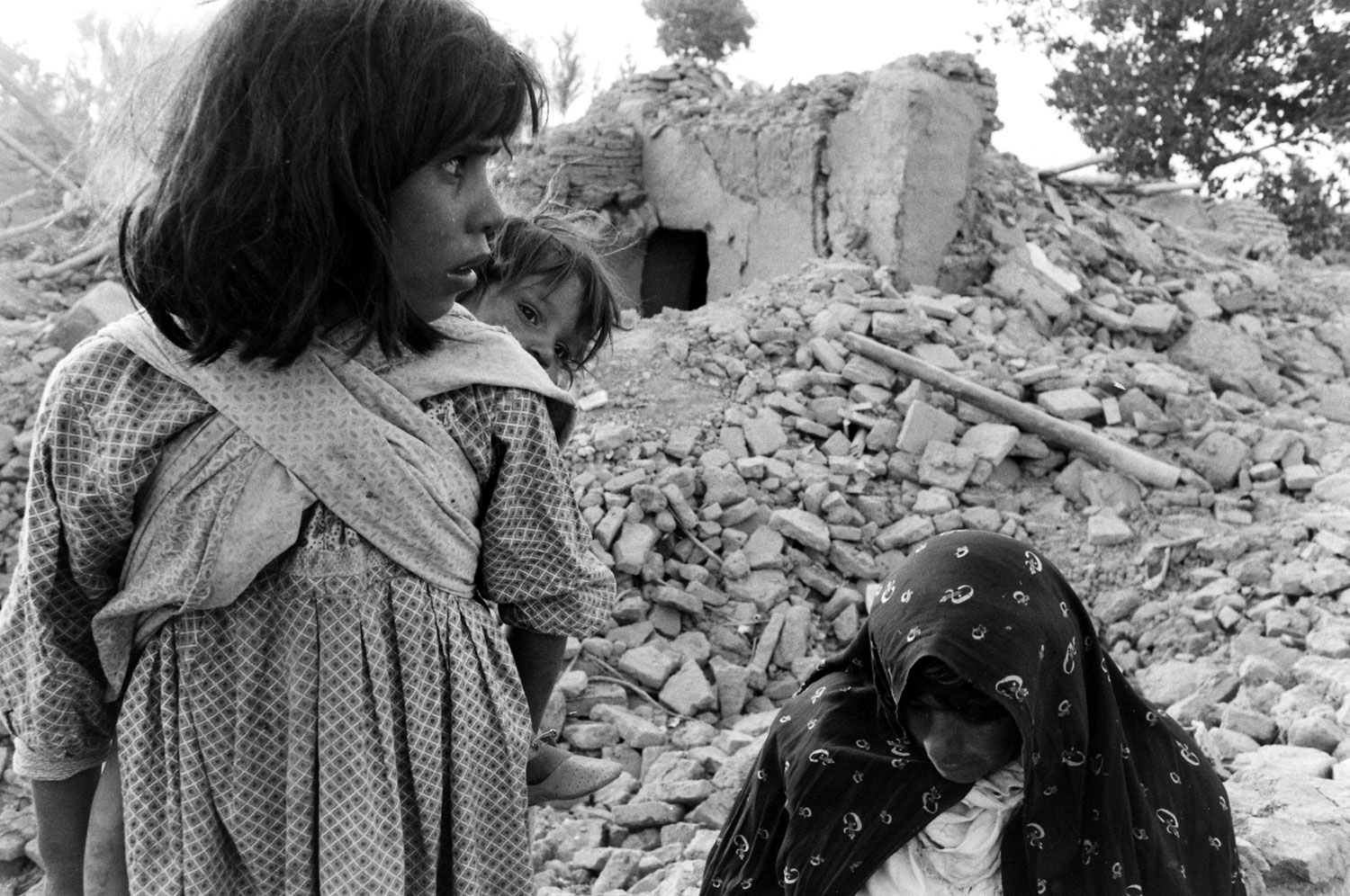
Few people on Earth are as familiar with earthquakes as the citizens of Iran. Crisscrossed by a number of major fault lines and almost perpetually subject to large and small—and, of course, occasionally devastating—quakes, the country has suffered some of the deadliest temblors ever to strike on land, including many that have killed hundreds, thousands, even tens of thousands of people.
One of the worst quakes ever to strike Iran erupted from a large fault in the country’s northwestern Qazvin Province in September 1962. Measuring more than 7 on the Richter Scale, the Buin Zahra earthquake caused catastrophic damage and killed more than 12,000 men, women and children. Tens of thousands of homes were destroyed, and countless livestock, a key source of both food and income in the region, were lost. While not as lethal as other Iranian earthquakes across the centuries—some of which left five and even ten times as many people dead—the Sept. 1, 1962, Bou’in-Zahra quake was nevertheless a shattering event.
Here, six decades later, LIFE.com remembers the disaster and its terrible aftermath. In photographs that, at times, are as intimate as they are powerful, LIFE’s Paul Schutzer chronicled the the quake’s destruction, capturing the fear and despair—as well as the towering fortitude—of survivors who, incredibly, were already working to rebuild amid the ruins, even as they mourned their dead.
Schutzer, LIFE told its readers in the September 21, 1962, issue of the magazine—in which some of the photos here first appeared—”had jetted from Paris to Iran as soon as the extent of the disaster became known.” Once there, he “found the countryside alive with dazed groups of wounded and hungry—and came upon eternally tragic scenes of disaster.”
He met a devoted and tireless Iranian physician, Dr. Rahmani, and set out with him to try to reach a tiny mountain village that had been cut off from outside help. Wearing a bandana against the dust and inescapable smell of death, Schutzer rode on a pile of shrouds for the dead they knew they would find. As darkness fell, the journey grew perilous.
“The cliffs,” wrote Schutzer, “had split with the quake and spit huge boulders into our path. Some still clung to the cliffs above. Our headlights attracted survivors like moths. We threw them food and blankets and went on. Now and then. we stopped to allow Dr. Rahmani to treat wound or bind up a broken rib.”
Paul Schutzer (at right, covering the Iran quake) was no stranger to intense reporting of momentous events. Still in his early thirties in 1962, he had covered the violence-plagued journeys of the Freedom Riders in the American South; the construction of the Berlin Wall; John F. Kennedy’s heady run for the White House in 1960, and the “Camelot” White House after JFK won.
A phenomenally talented and sensitive photographer, Schutzer brought a profoundly humane sensibility to his work, whether he was shooting a visit to India by President Eisenhower in the late 1950s, documenting the toll of America’s deepening involvement in Vietnam in the early ’60s or bringing the glamor and hedonism of the Cannes Film Festival home to millions of LIFE’s readers—many of whom would never in their lives get the chance to set foot on the French Riviera.
In a June 1967 issue of LIFE, shortly after the 36-year-old Schutzer was killed covering the Six-Day War in the Middle East, the magazine’s long-time managing editor, George P. Hunt, paid tribute to his friend and colleague this way:
Remember, for a moment, some of the stories he did and the events he covered—the Berlin Wall, the Iranian earthquake, the Algerian War, Eastern Europe with that memorable portraiture of life there, a delightful characterization of the Italian man, his coverage of Nixon jeered and assaulted in Venezuela, or John F. Kennedy through his campaign, the fury of Hurricane Audrey hen it battered Louisiana, the Winter Olympics at Innsbruck, the scaling of the North wall of the Eiger. He went into Cuba to cover the Castro crisis, into Lebanon with the Marines and again with the marines in Vietnam, from where he returned with an unforgettable story about them and Doc Lucier, the Navy corpsman.
Paul got around. His was a full life, but he made it even fuller by an inner drive to probe with taste and dignity into the effect of events upon people. Many photographers do this, but Paul’s special fascination with his fellow man, and his understanding of him, made his work exceptional.
“To probe with taste and dignity into the effect of events upon people.” At heart, that’s not a bad distillation of the practice of journalism as a profession and, for people like Paul Schutzer, a passionate vocation. The photographs he made in Iran in 1962 rank among the very greatest of his too-short career, and seeing them again, all these years later, reminds us of the courage and compassion—the taste and dignity—that were hallmarks of his work.
Liz Ronk, who edited this gallery, is the Photo Editor for LIFE.com. Follow her on Twitter @lizabethronk.
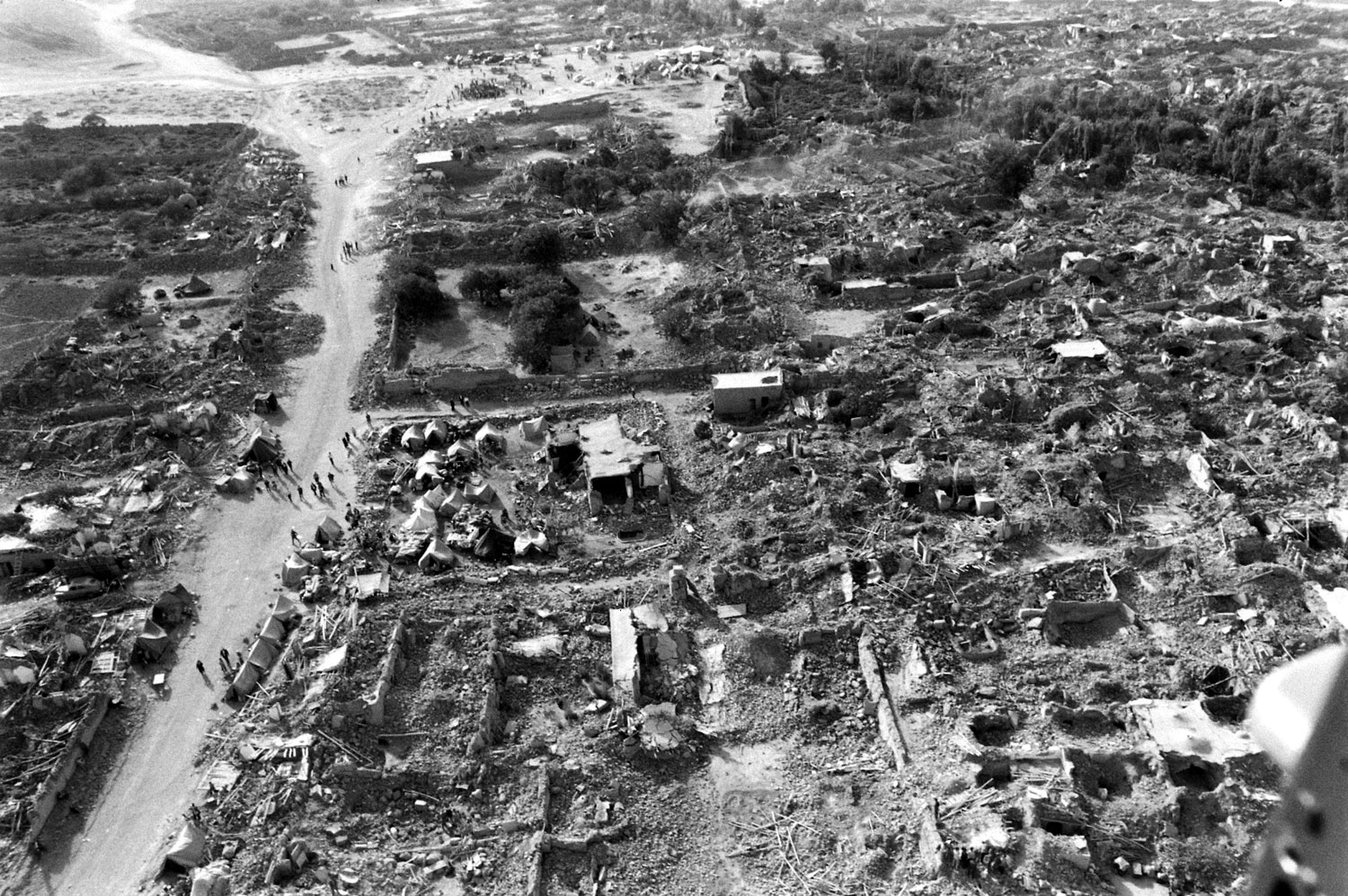

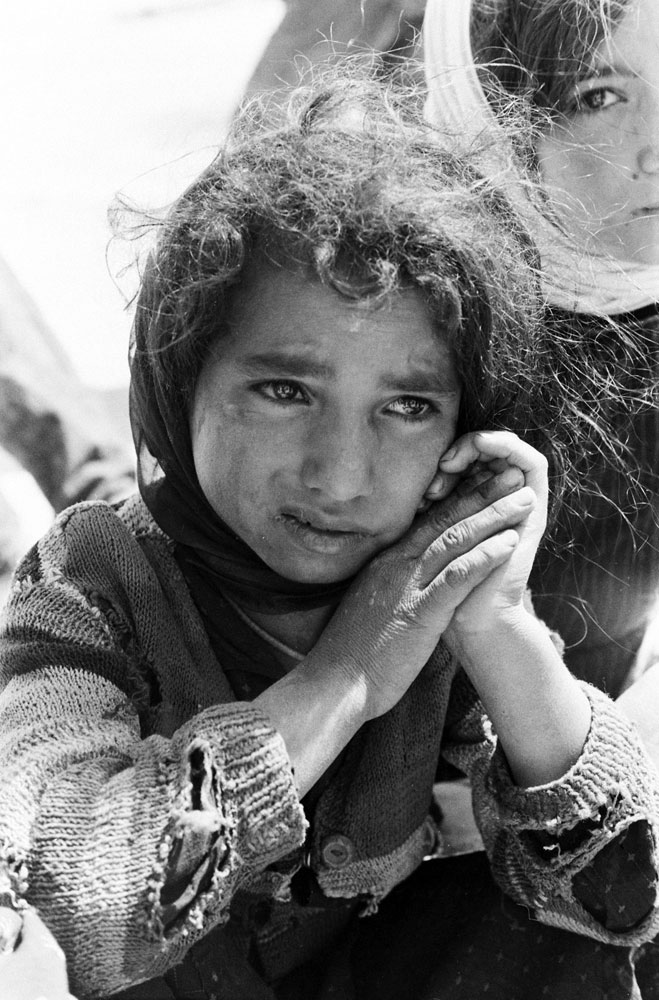



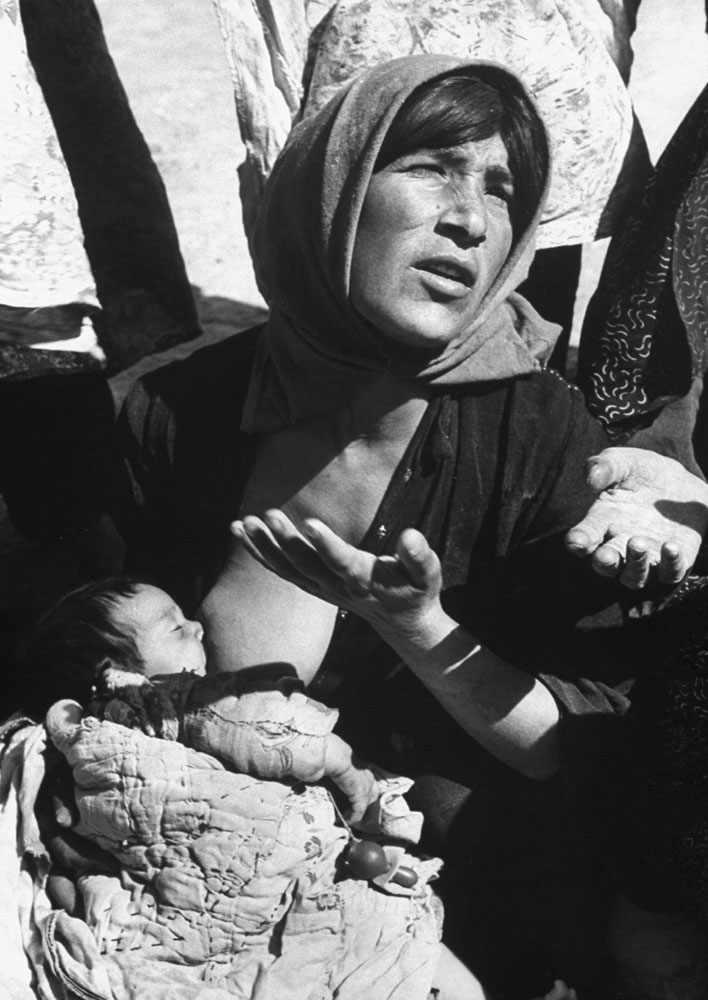


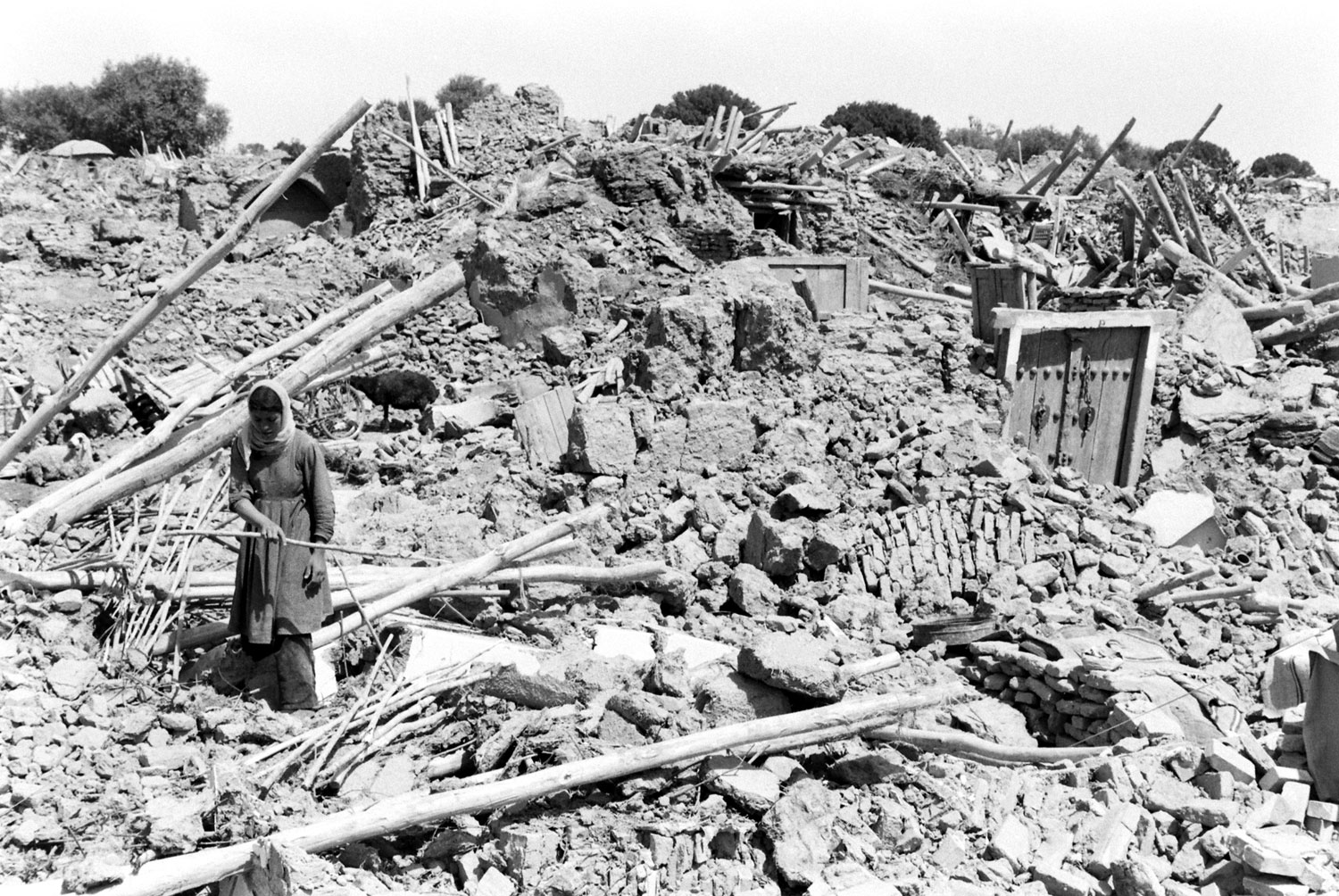
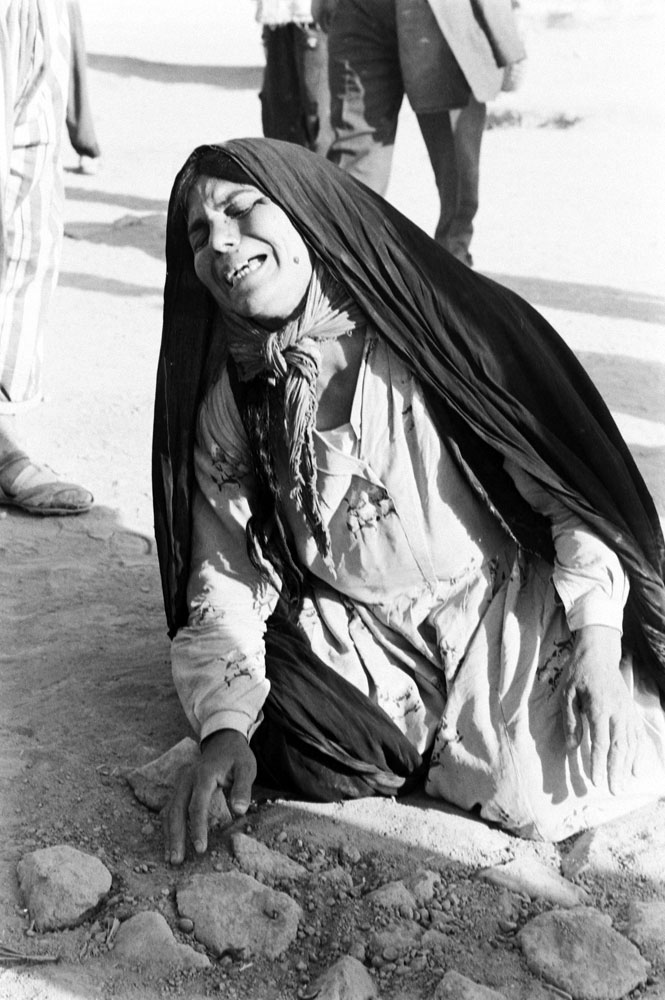
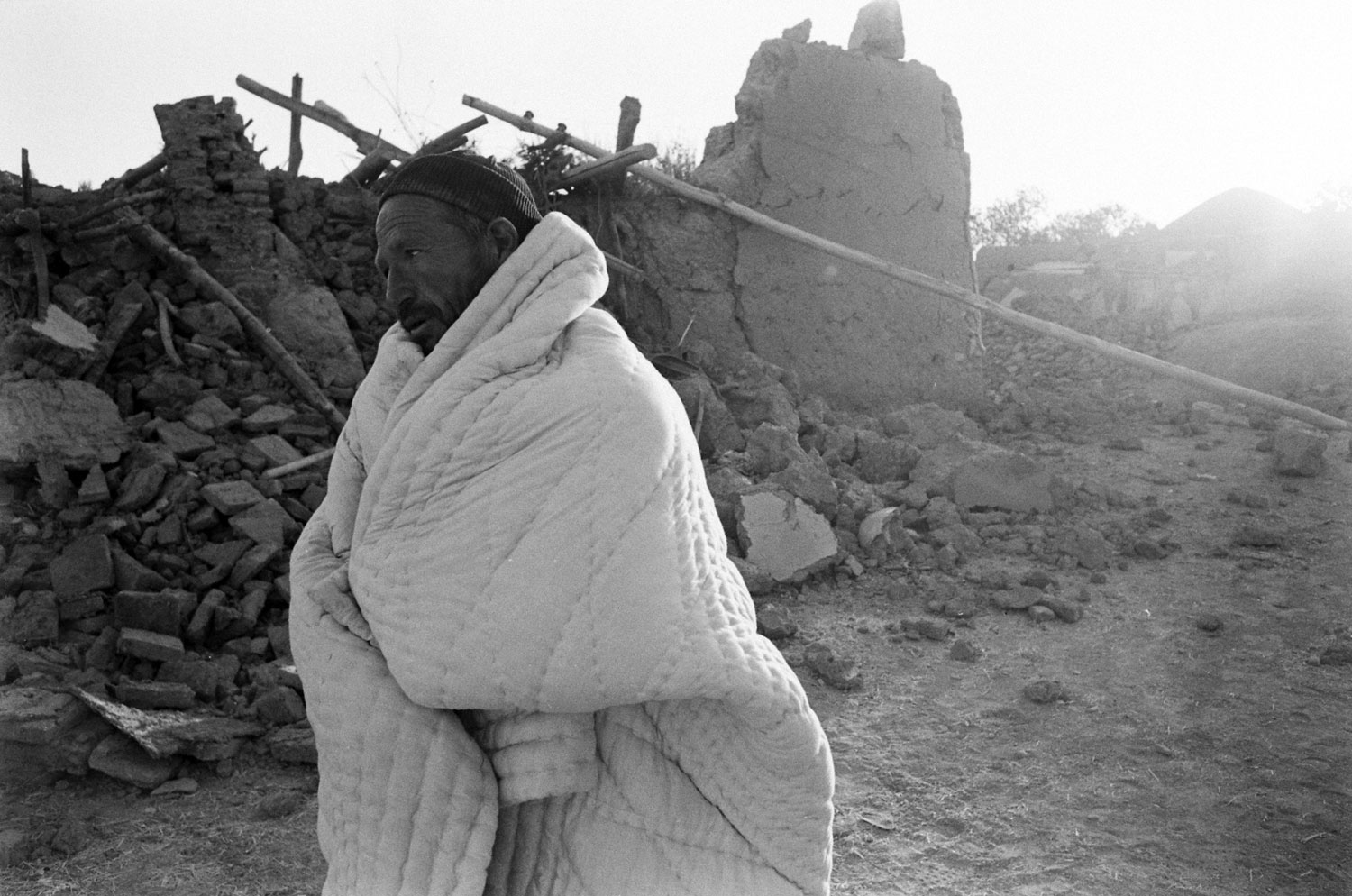
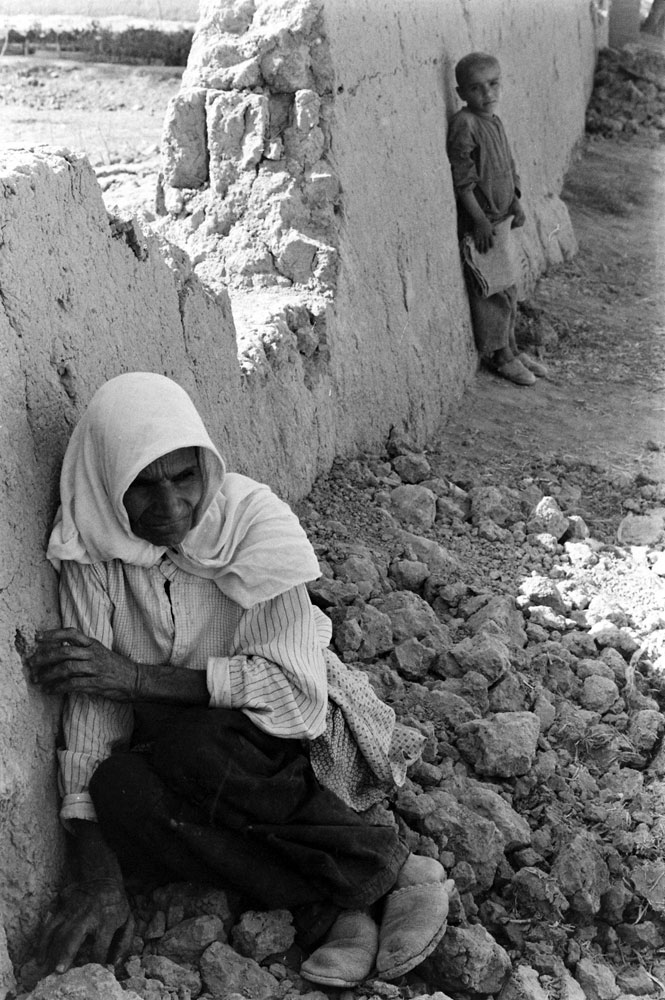




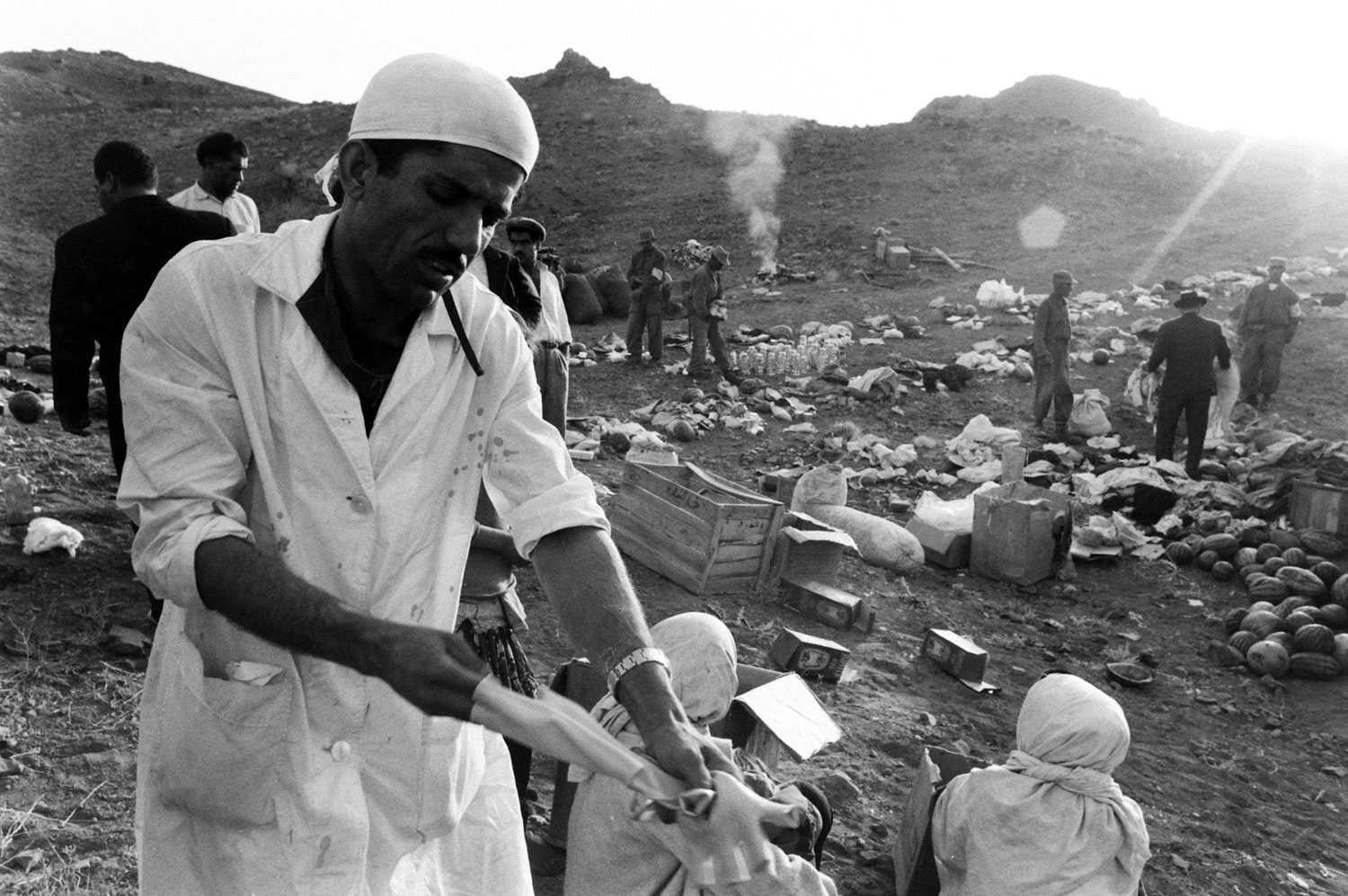
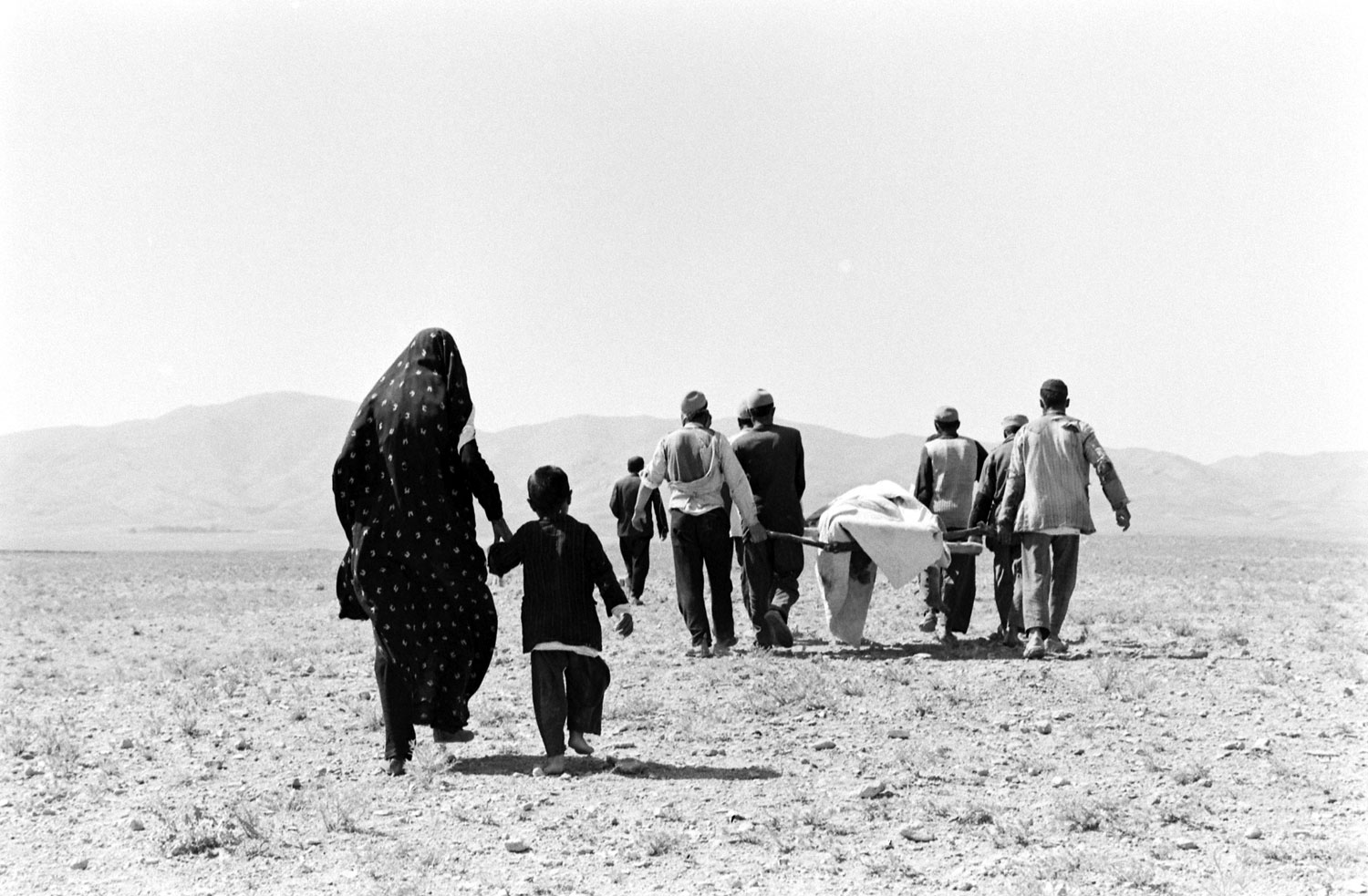

More Must-Reads from TIME
- Where Trump 2.0 Will Differ From 1.0
- How Elon Musk Became a Kingmaker
- The Power—And Limits—of Peer Support
- The 100 Must-Read Books of 2024
- Column: If Optimism Feels Ridiculous Now, Try Hope
- The Future of Climate Action Is Trade Policy
- FX’s Say Nothing Is the Must-Watch Political Thriller of 2024
- Merle Bombardieri Is Helping People Make the Baby Decision
Contact us at letters@time.com